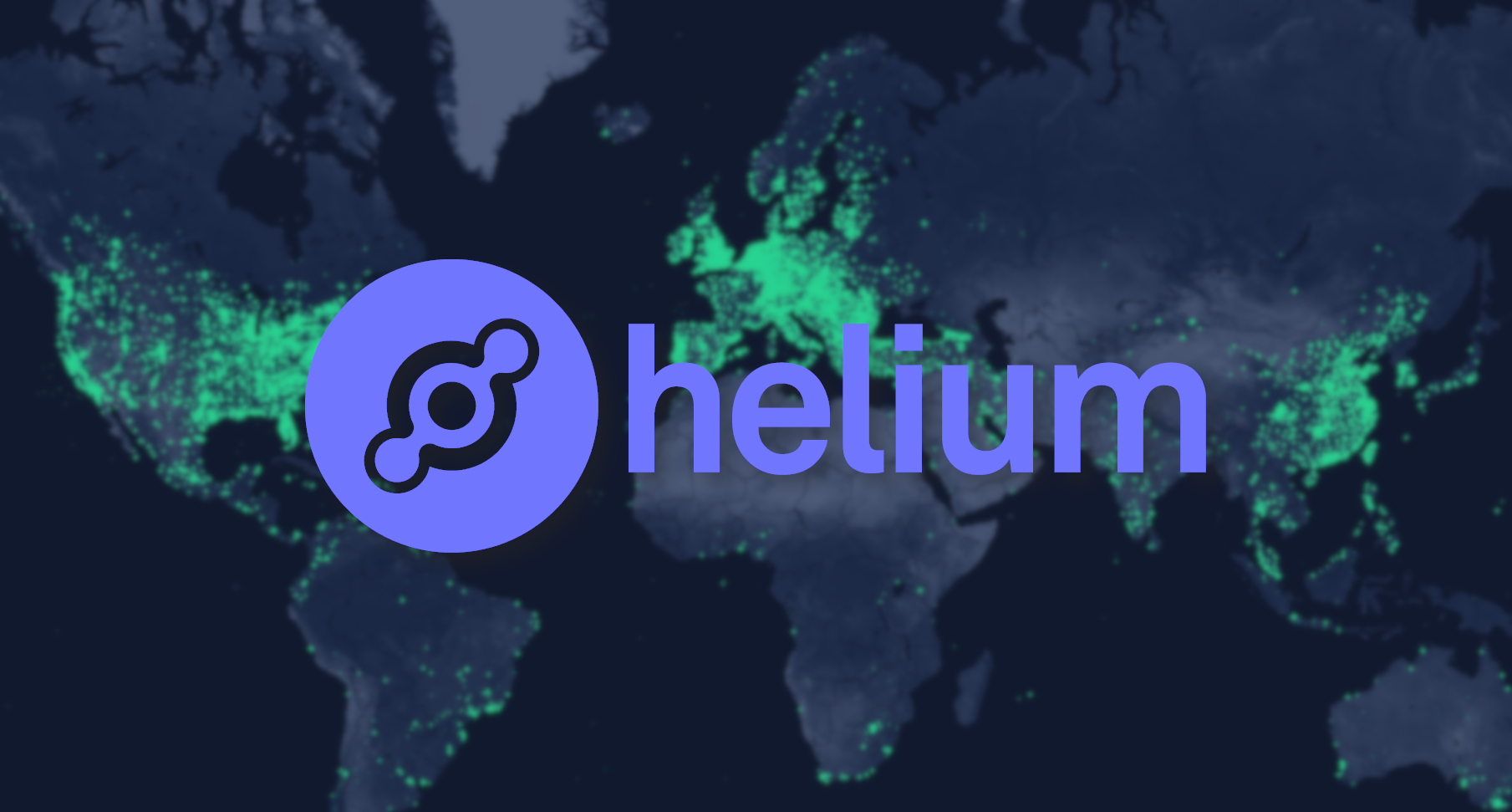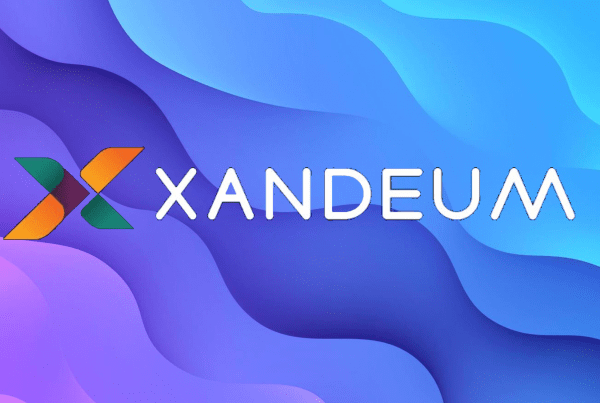
Key takeaways:
- Helium founders, Nova Labs, and T-Mobile have penned a 5-year agreement to create a new 5G wireless network
- Helium Mobile will allow users to switch between Helium’s network and T-Mobile depending on the quality of network coverage in a particular area
- Helium Mobile, which will incentivize users with new MOBILE tokens, is slated to go online in early 2023
Helium Mobile will incentivize subscribers to use the network with MOBILE tokens
Nova Labs, the founders of the Helium network, have announced a five-year partnership with US carrier T-Mobile, which will see the launch of Helium Mobile, a crypto-powered mobile carrier.
Using Helium’s infrastructure of 5G hotspots (with 4,500 running at the moment) and T-Mobile’s existing network coverage, Helium Mobile will enable users to tap into the first decentralized 5G network. Devices will automatically switch between the two networks – T-Mobile and Helium Mobile – depending on the network coverage in a particular area.
Helium Mobile will use the same economic model as the Helium internet of things (IoT) network, namely incentivizing users and node operators with crypto tokens. MOBILE, the native token of the soon-to-be-launched cryptocarrier, will be distributed to users for simply using the network, and to node operators for maintaining the platform. In addition, the economic model incentives network expansion, helping increase 5G coverage, especially in rural areas.
An excerpt from the official announcement reads:
“With the Helium Network economic model, individuals are incentivized to help build a ubiquitous network in days and weeks, not years or decades. People eliminate the capital costs and associated red tape, establishing part ownership of the network, along with earning crypto tokens called MOBILE.”
Helium Mobile is slated to launch in early 2023. According to the announcement, mobile plans will start from $5/month for 1GB of data. Other pricing info, including about different subscription plans, is coming soon.
In related news, Helium core developers published a proposal to move the network to Solana earlier this month, citing the need for better scalability in light of rapid network growth. The final vote tally will be revealed later today.



